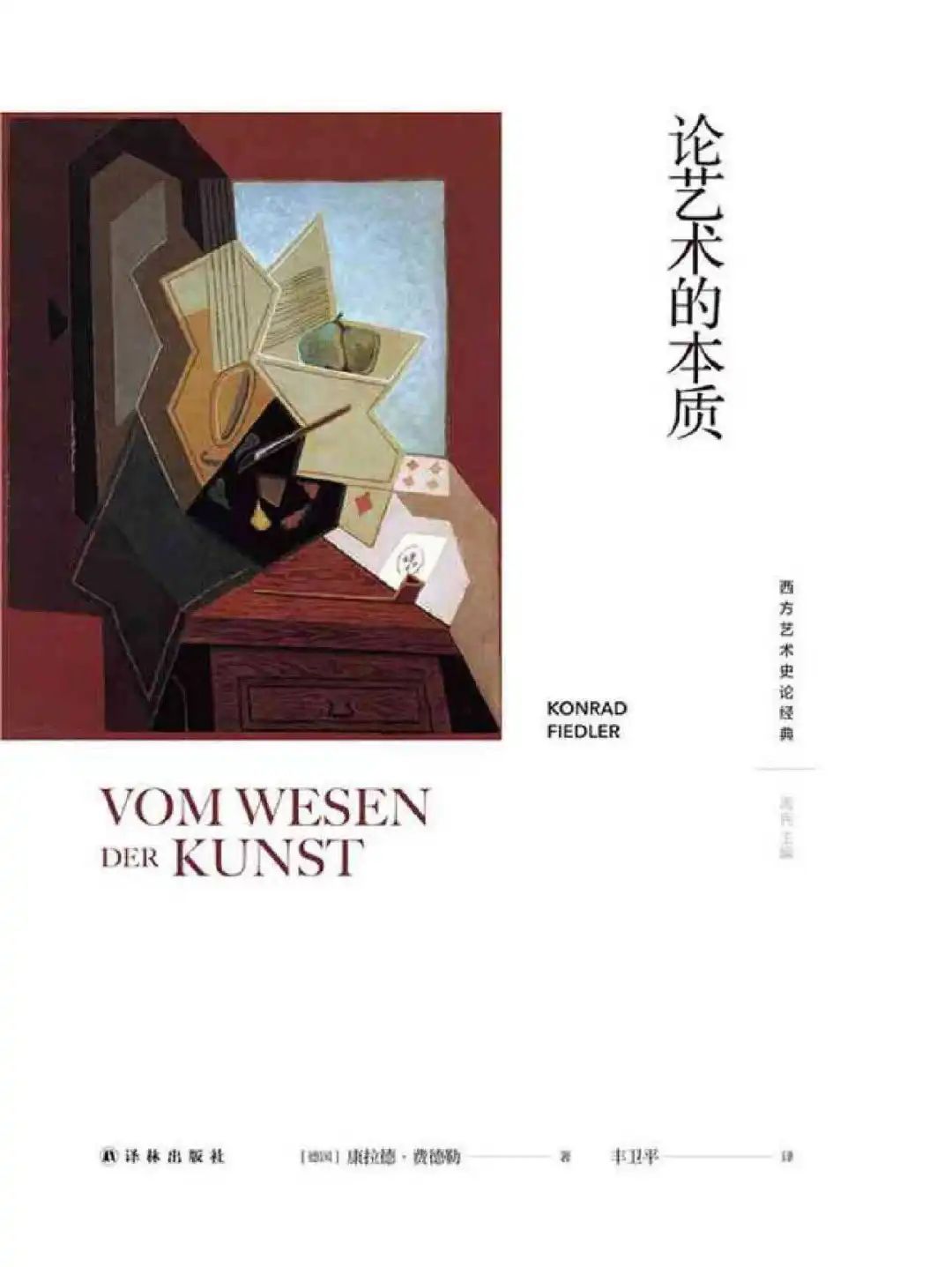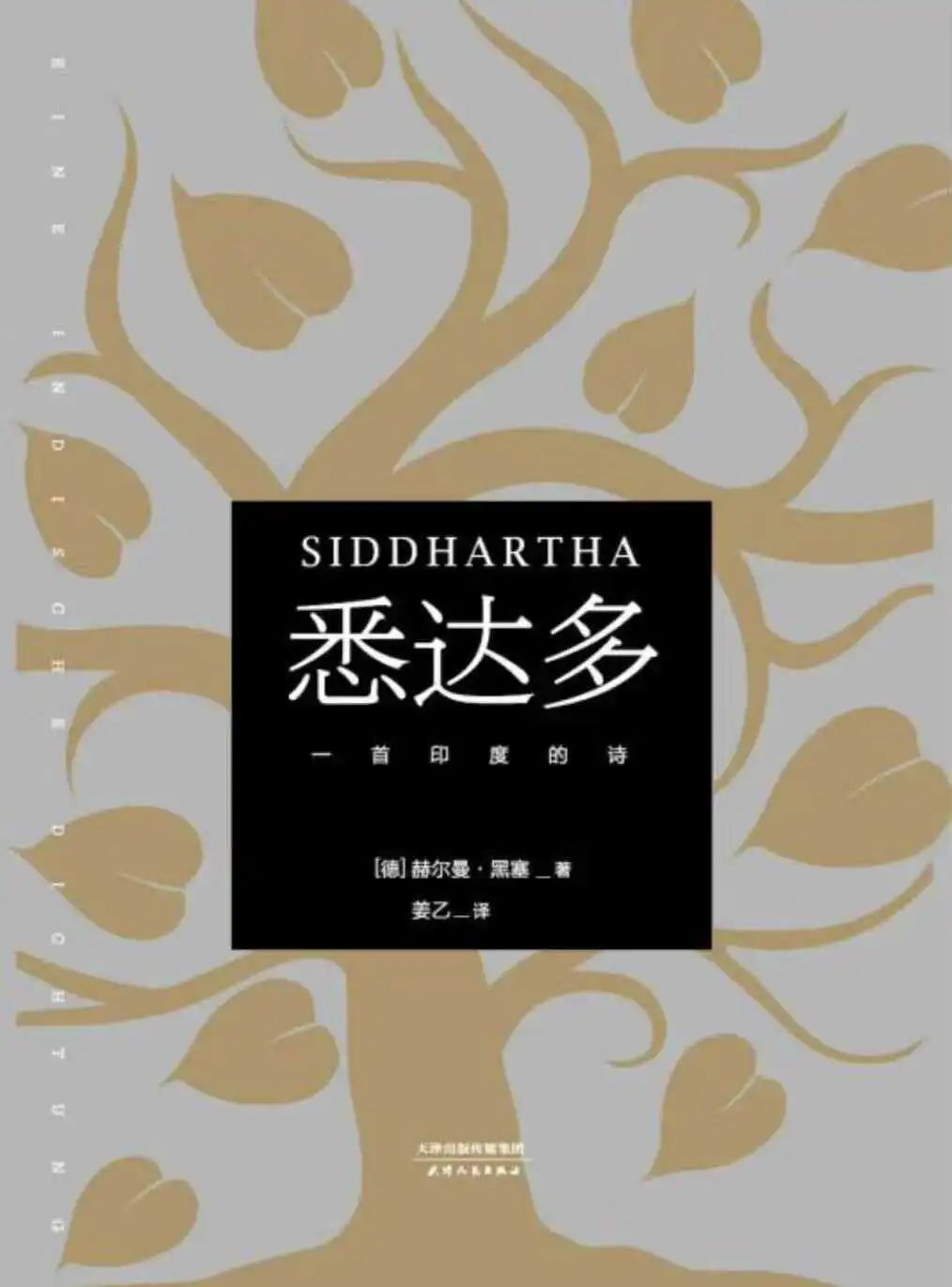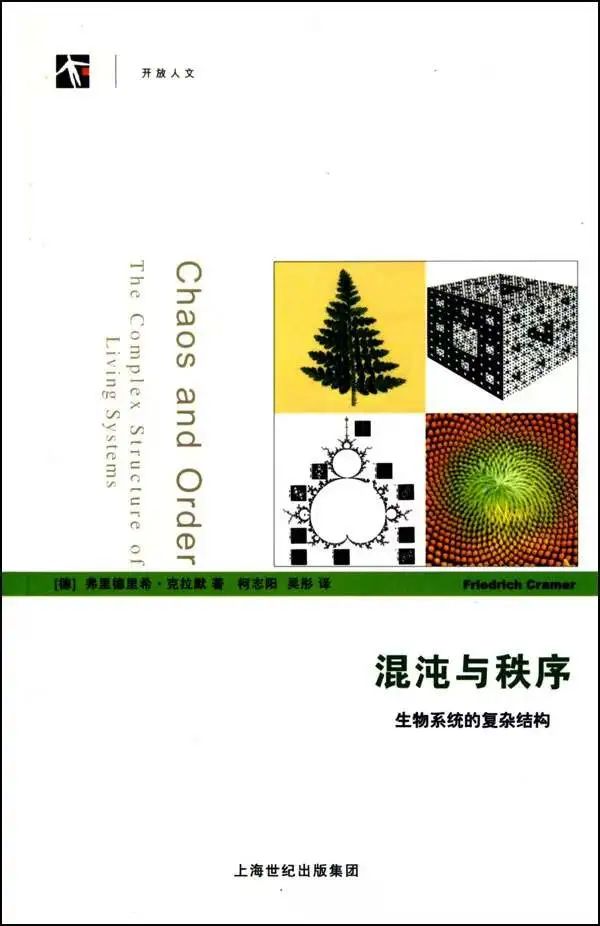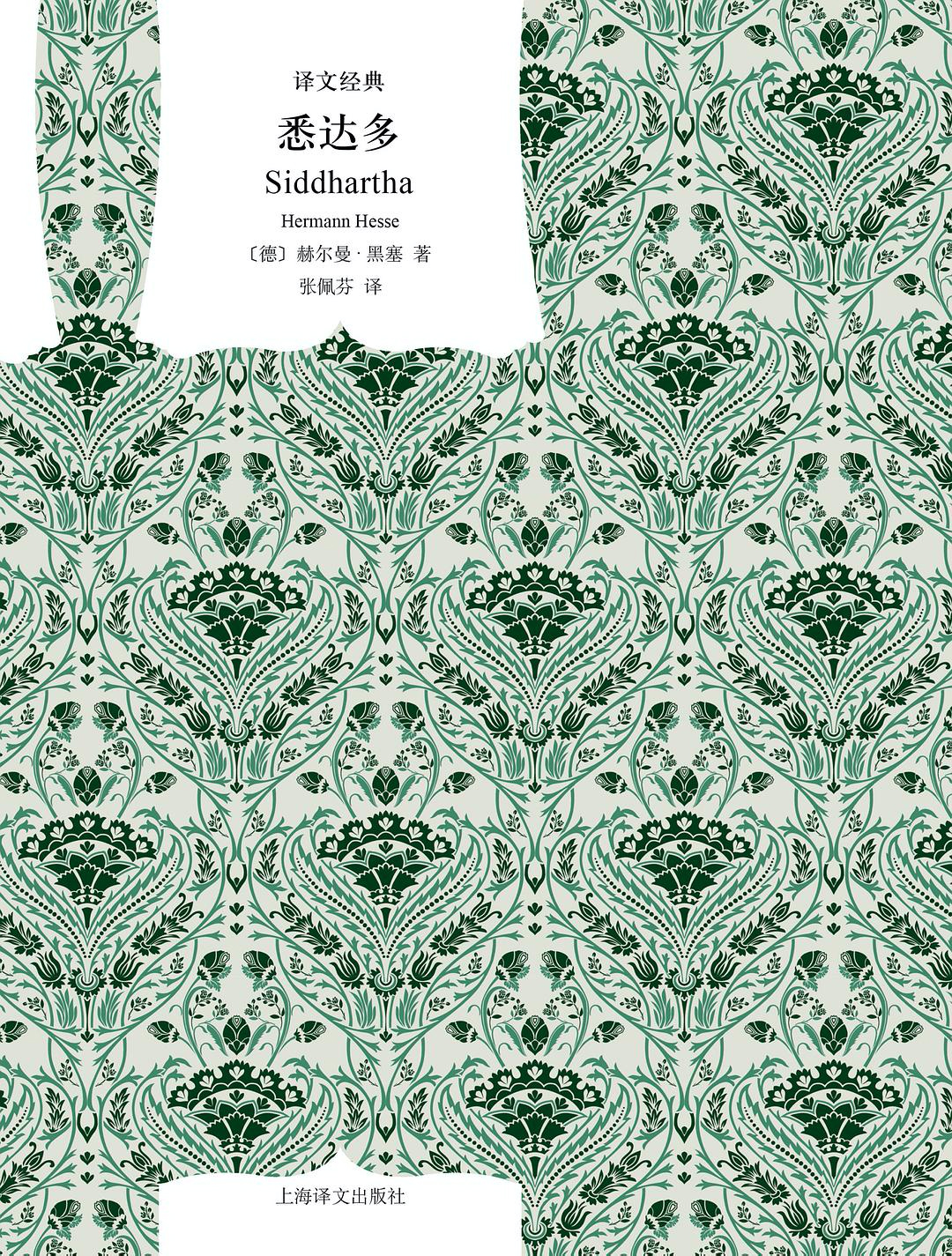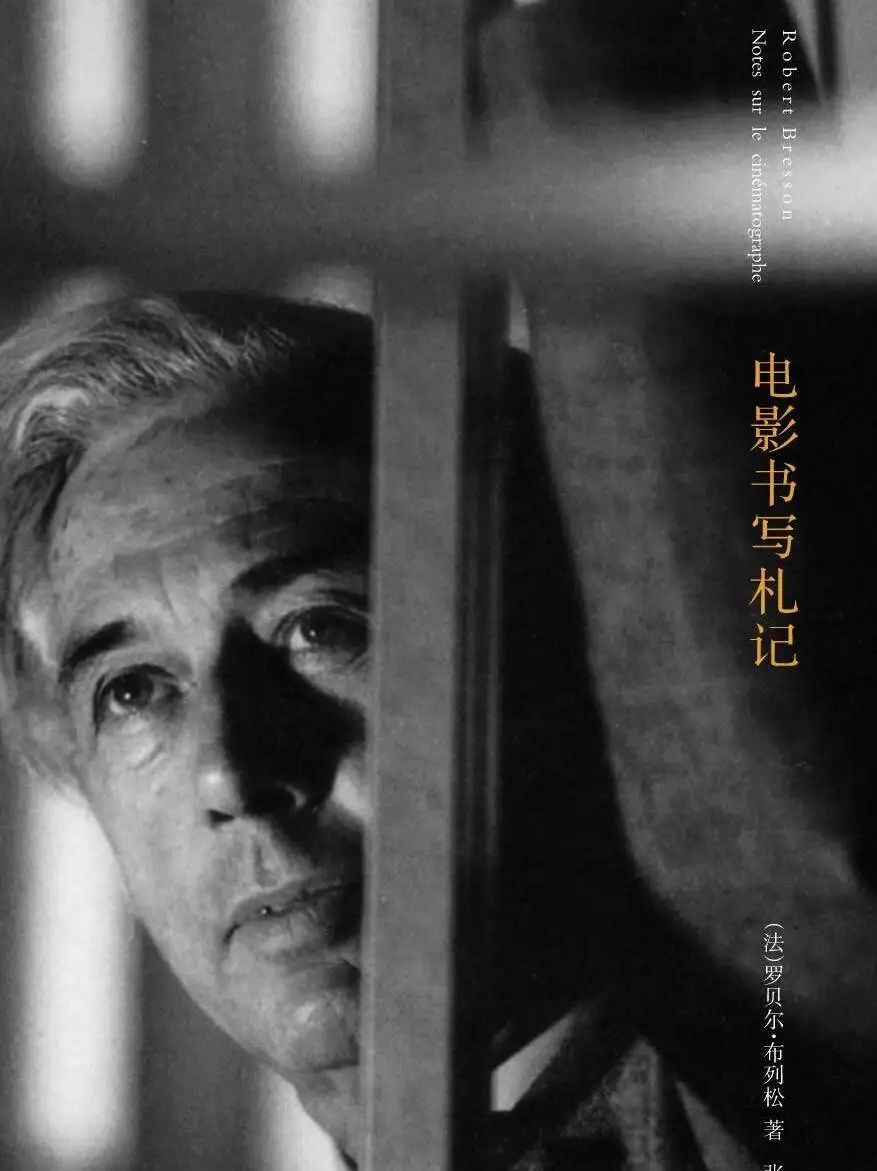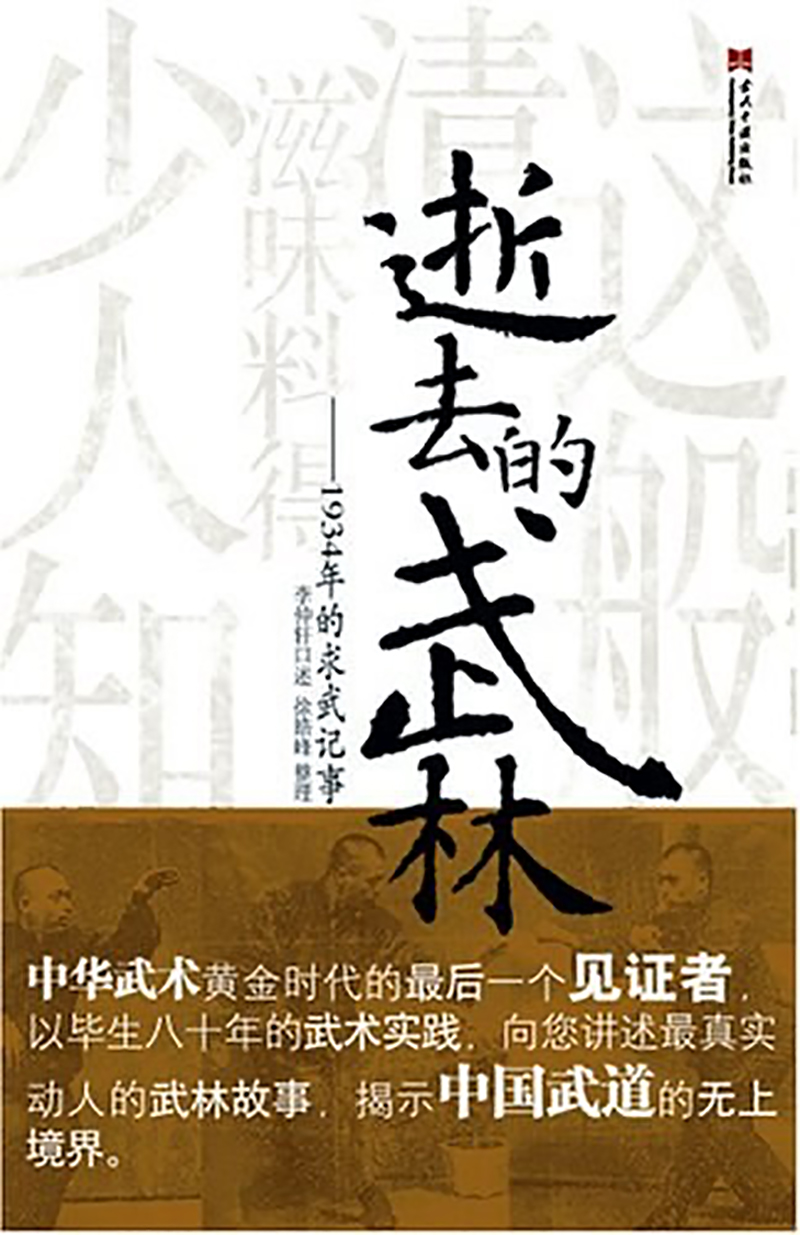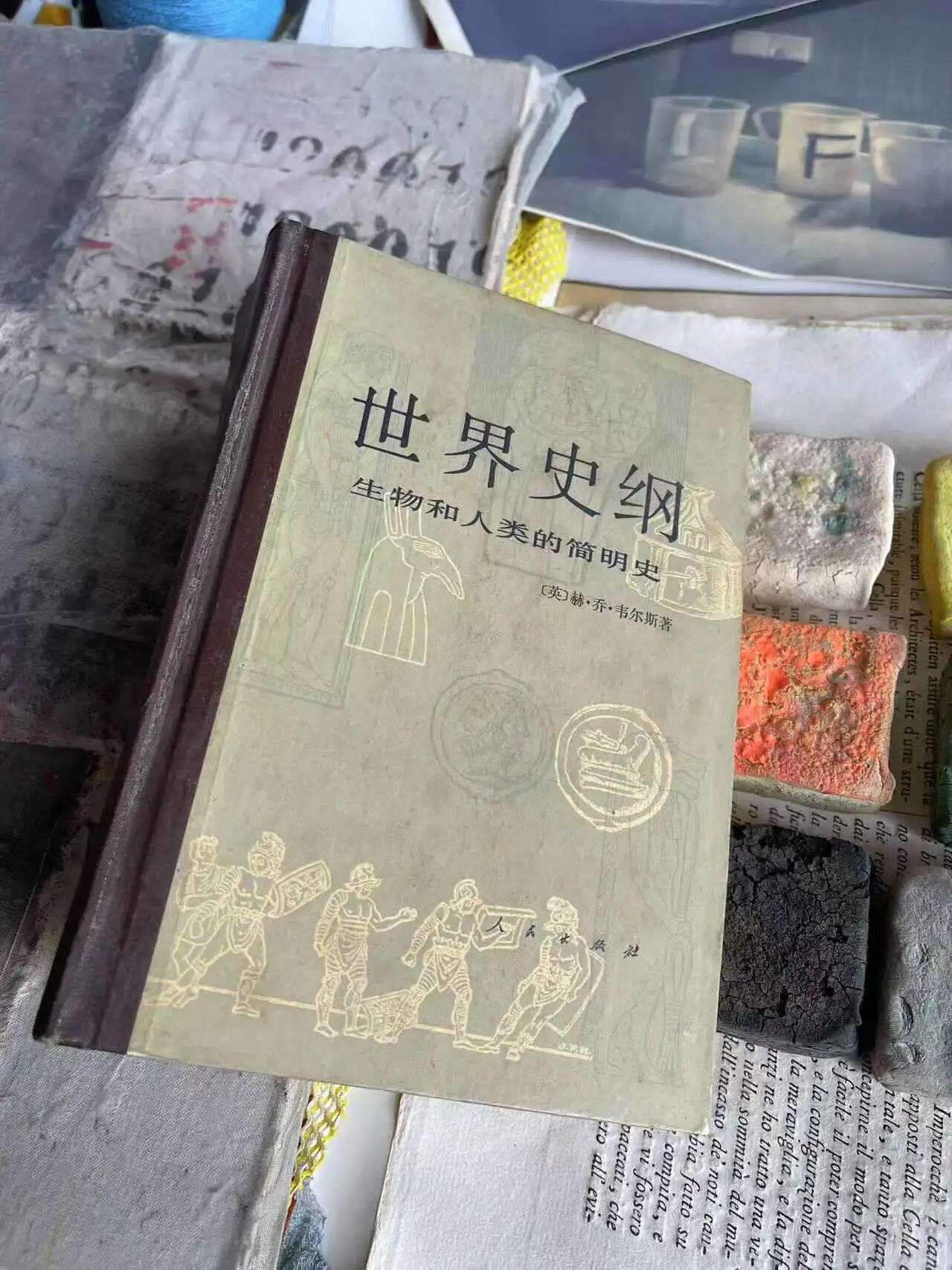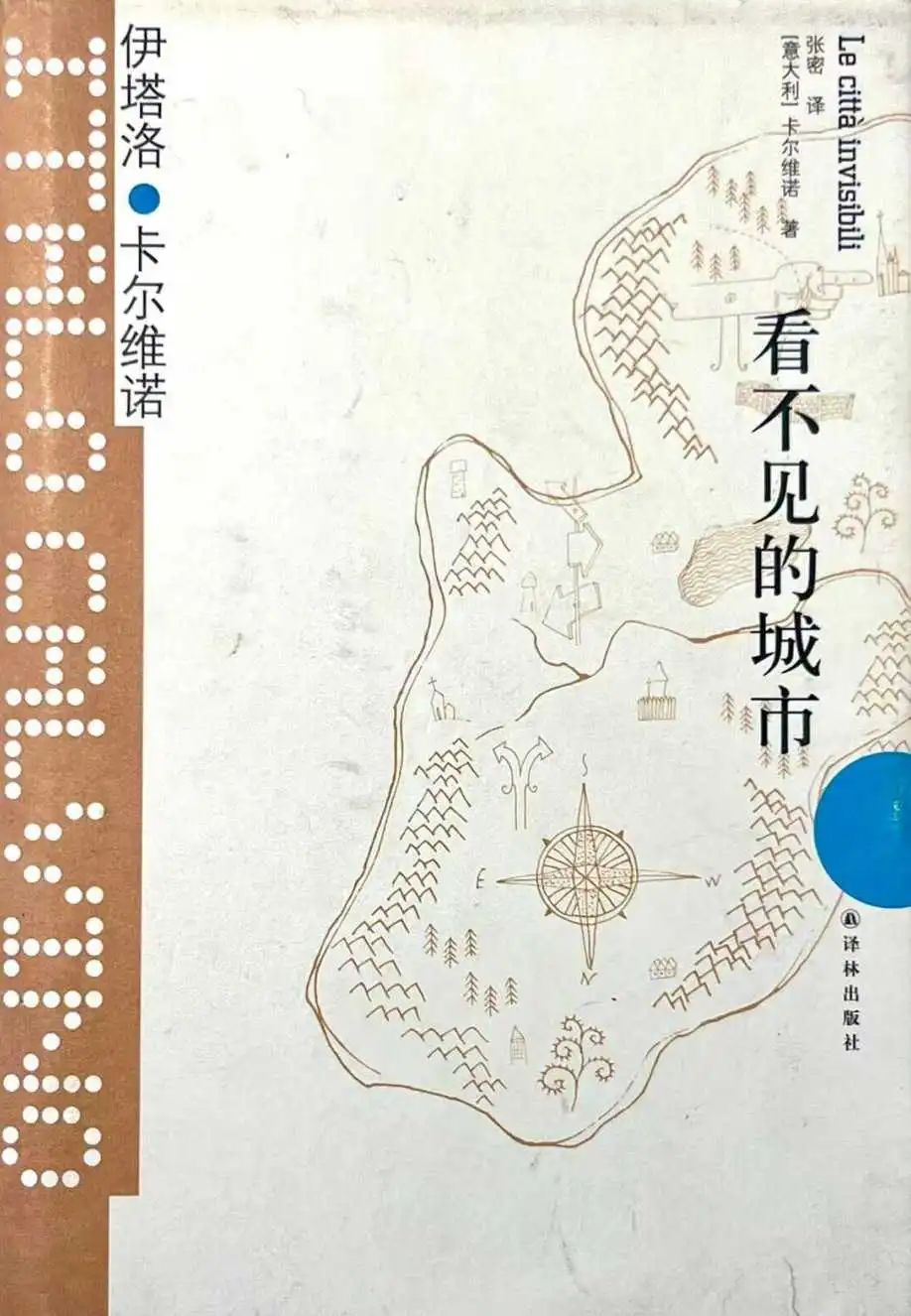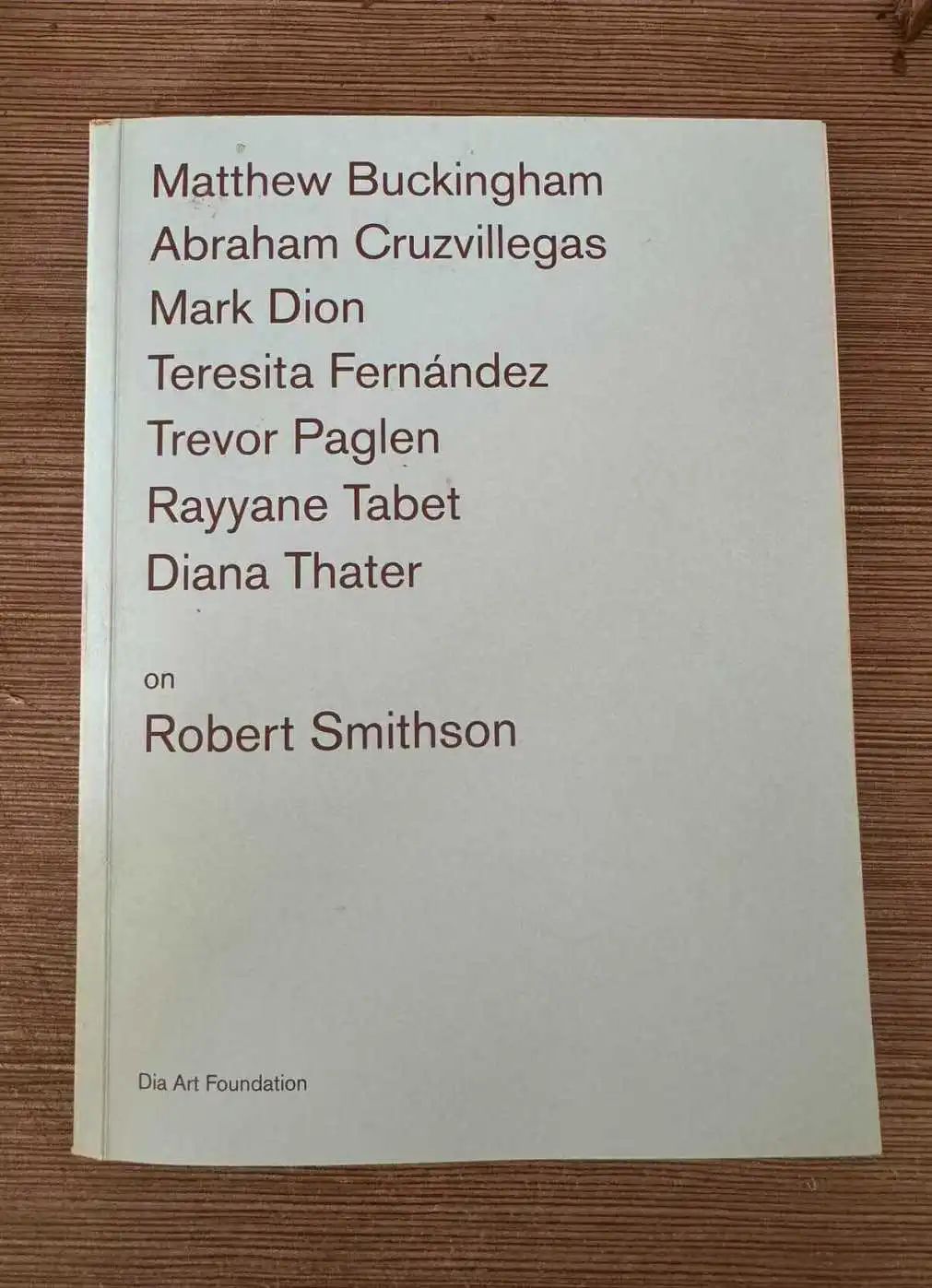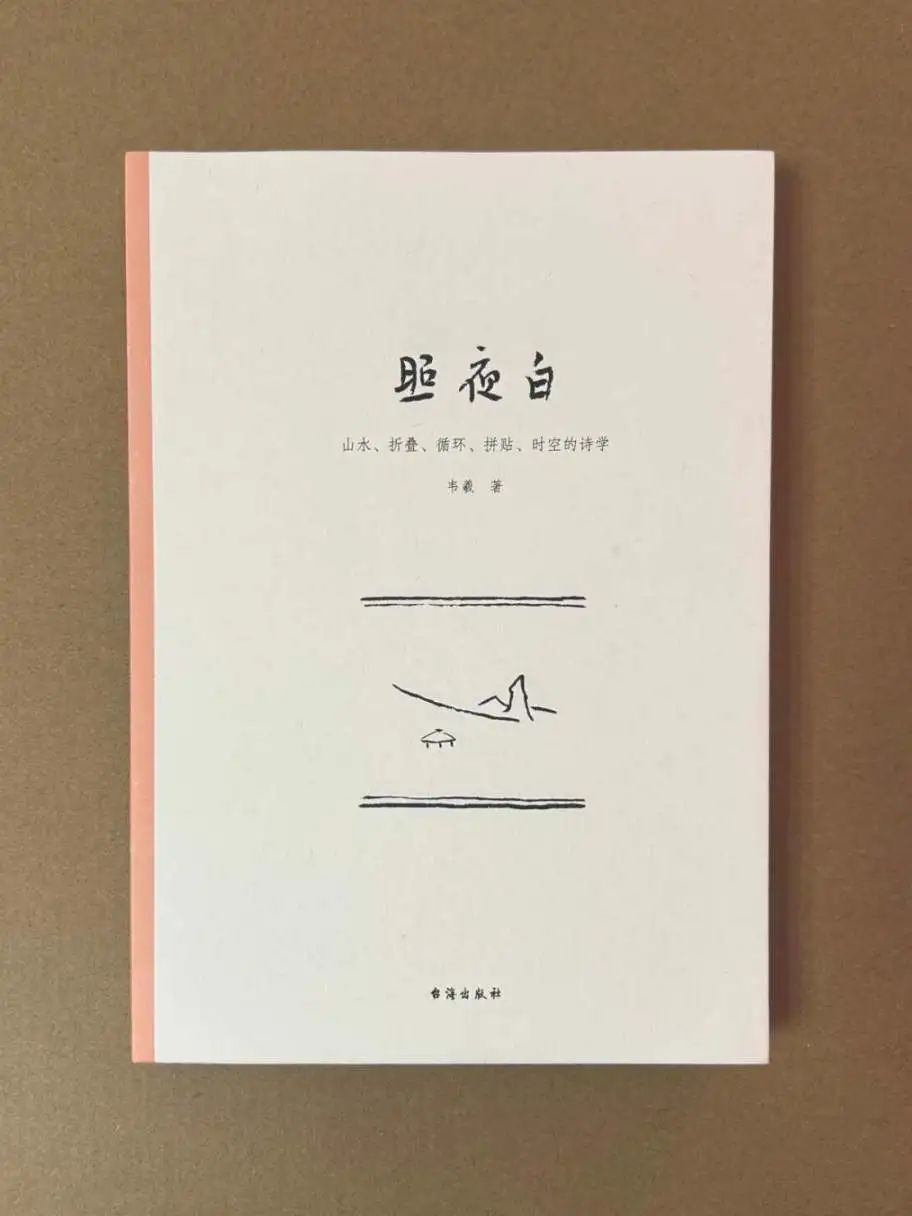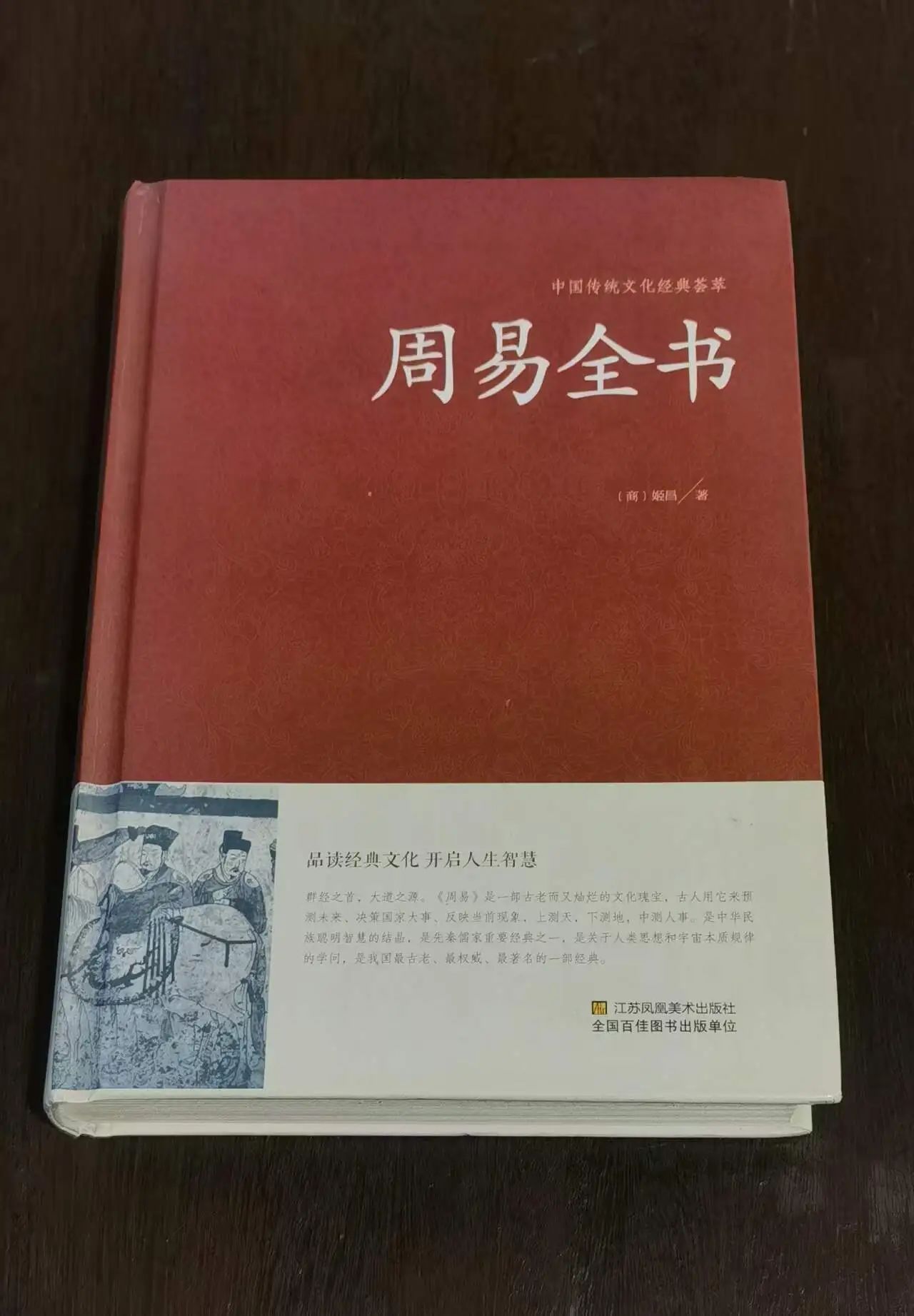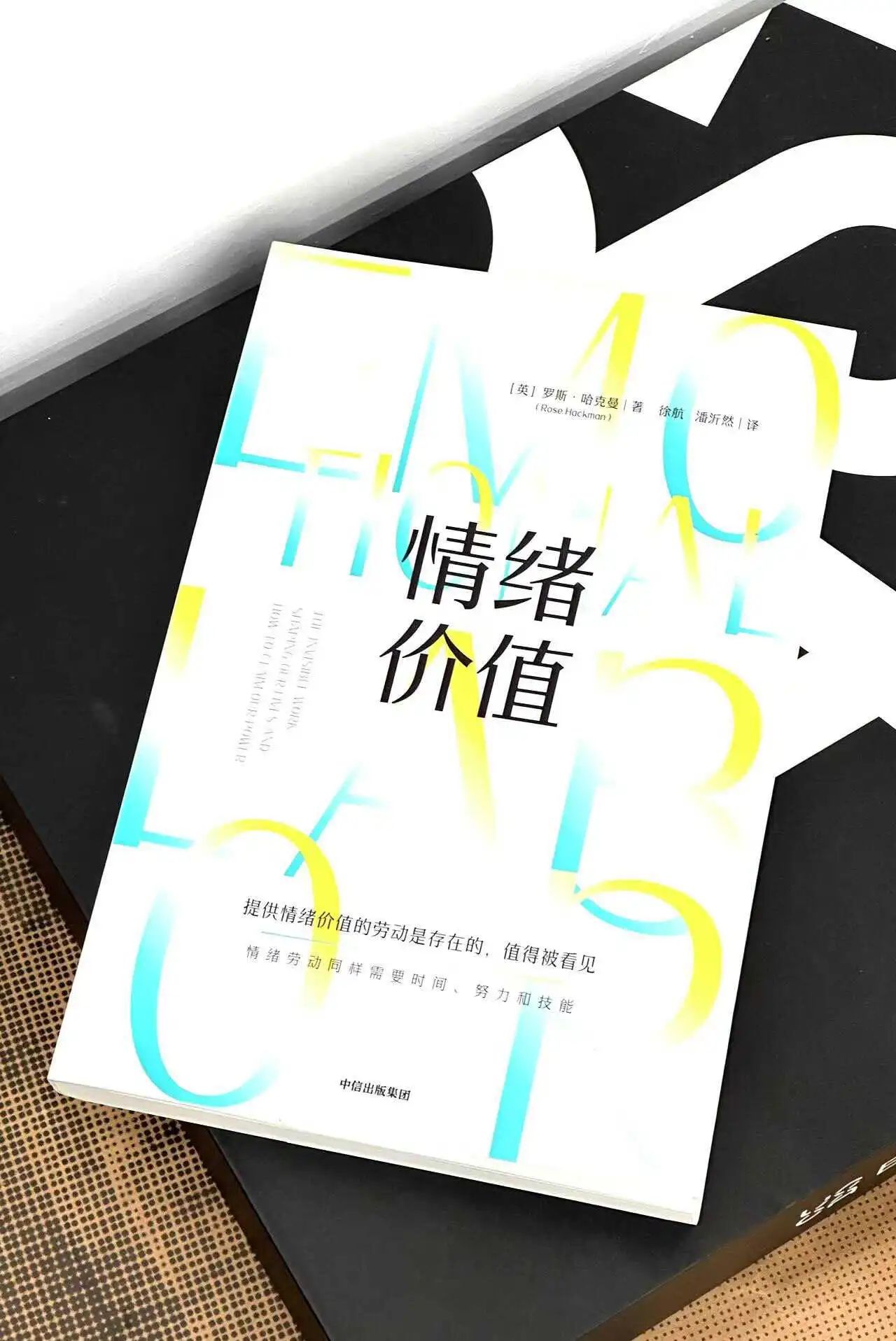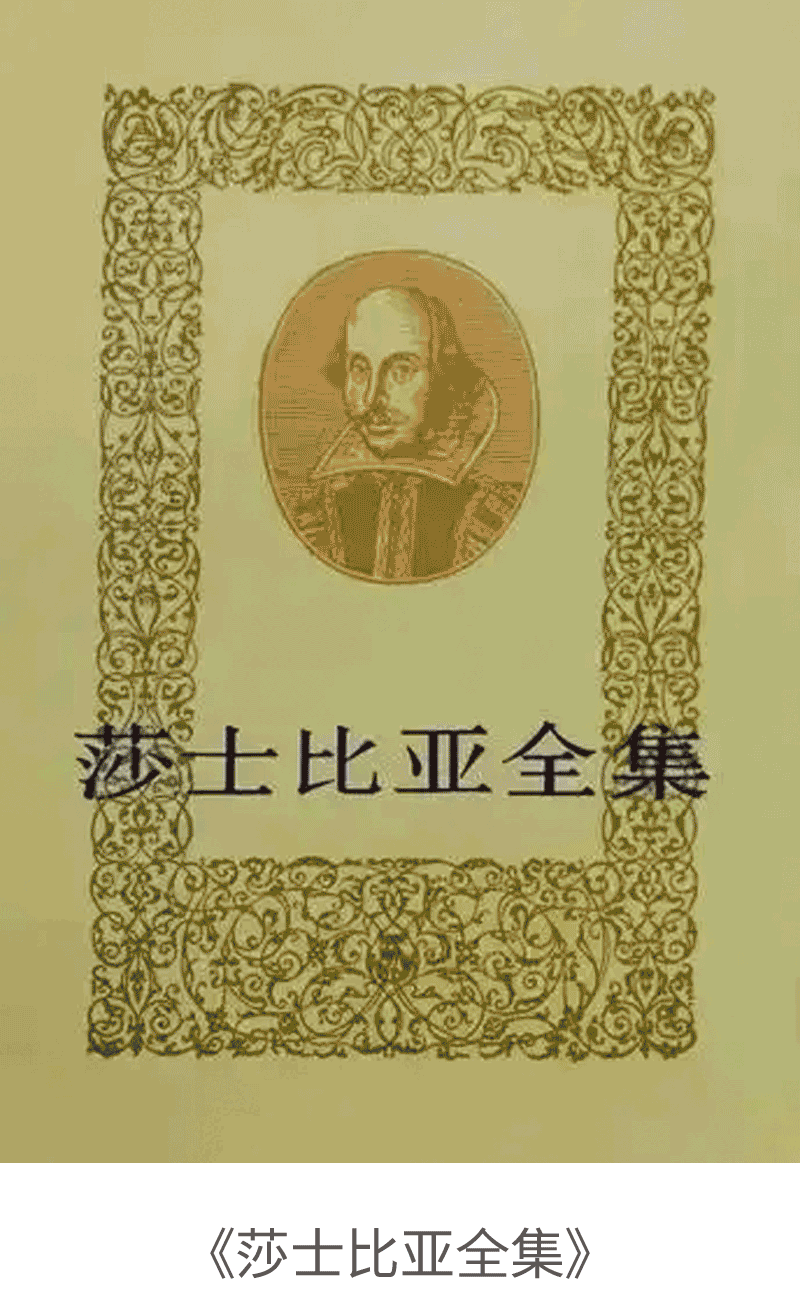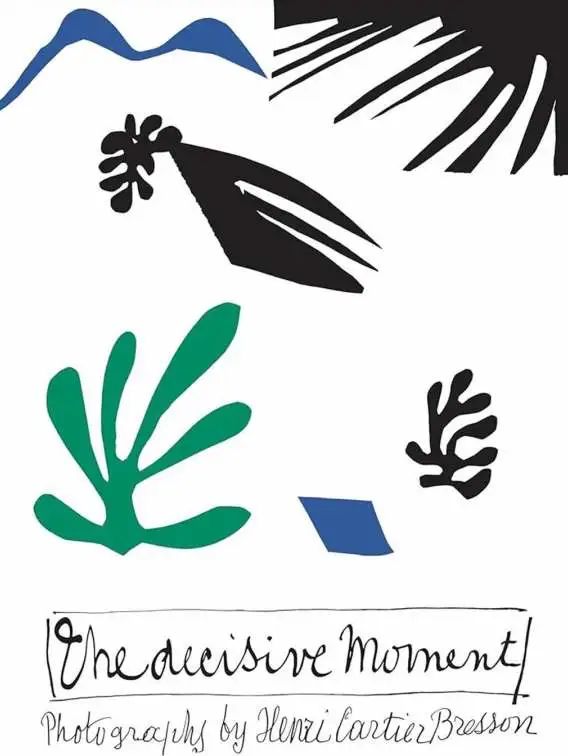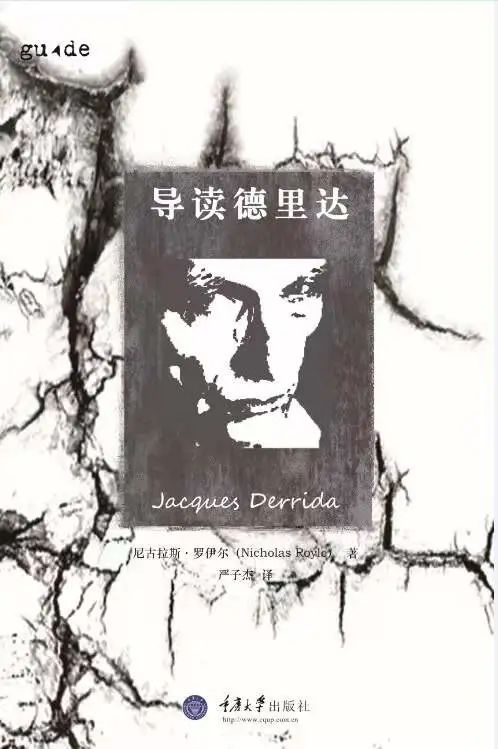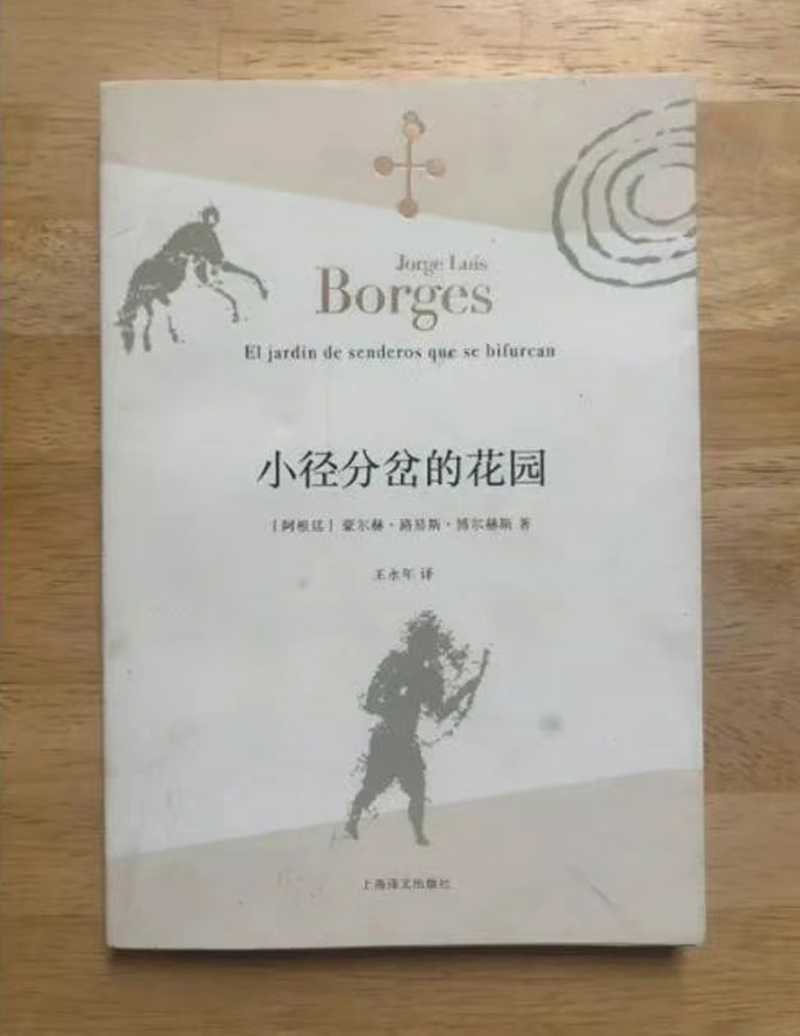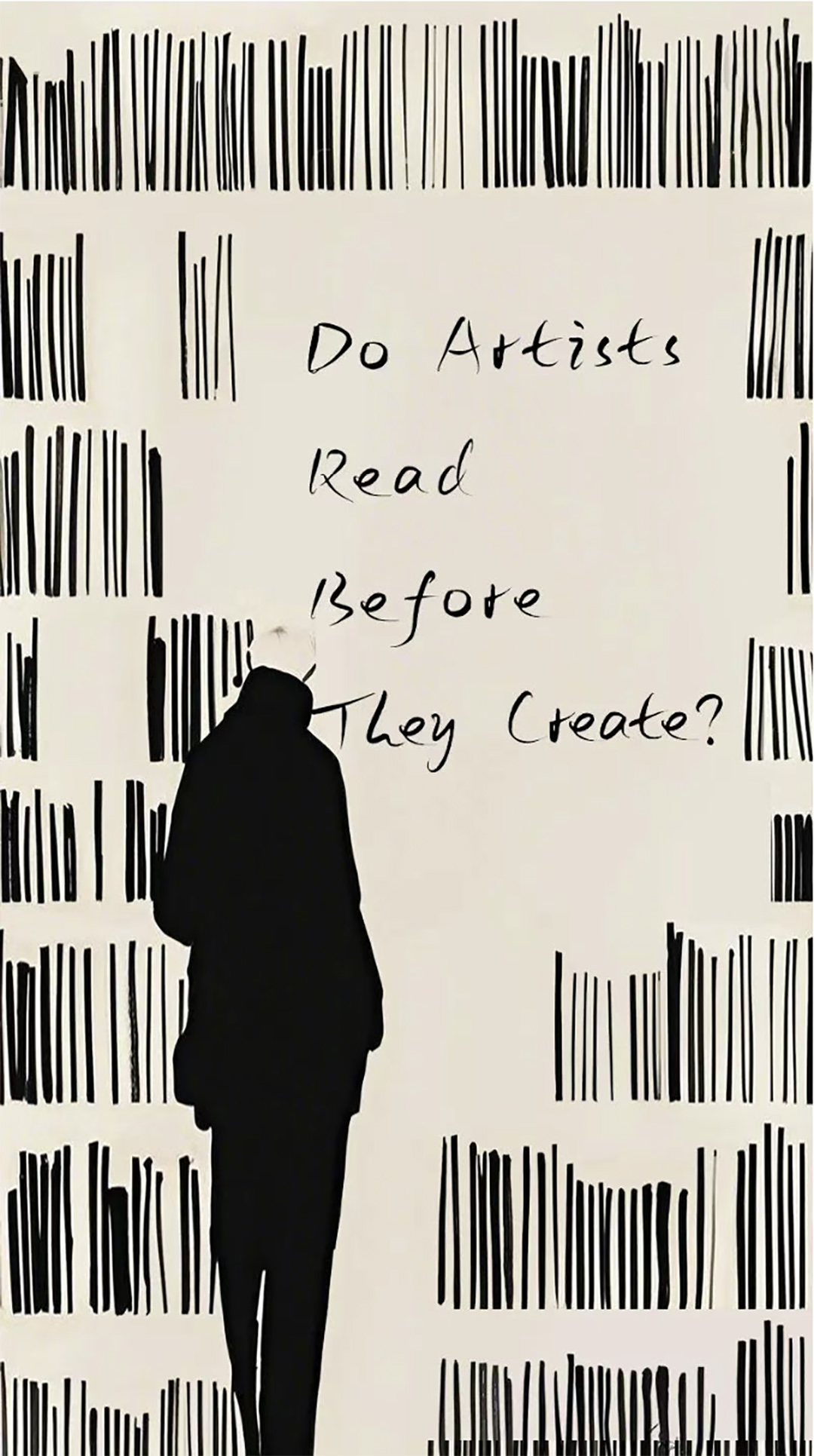
No creator is an isolated island.
Unveiling the curtain of an artist's studio,
emphasize a detail that is often overlooked: the books on the desk.
Here, a silent yet powerful prelude to creation is staged.
In Munch's monologue from Ibsen's play,
he captured the outline of The Scream,
Katsushika Hokusai reinterpreted "The Great Wave off Kanagawa" within the grotesque patterns of "Classic of Mountains and Rivers".
On this "World Reading Day",
Oui Art invites you to delve into the spiritual backstage of 28 artists.
In their interviews,
some contributed "youth reading materials" that have been turned to the edge of the pages,
while others emotionally recalled their "thought catalysts".
These booklists are not answers, but invitations:
When our reading paths intersect with those of the artists,
it might not be an accident but a collaboration across media.
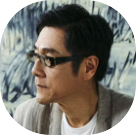
Chen Qiang
On the Origin of Artistic Activity(Vom Wesen Der Kunst) by Konrad Fiedler
Konrad Fiedler is a missed exemplar in our academic circles—a thinker who consciously reflects on sensibility. Many scholars and artists call him the 'father of art studies.' His language clarifies the ineffable and invisible internal relationships, guiding us past the distractions of concrete imagery to key signposts in a foggy relational web. In an era where contemporary iconography struggles with symbolic decoding, rereading Fiedler is methodologically enlightening. For example: 'True art always strips away what life imposes on us, guiding us back to nature and ourselves.' 'The fundamental task of art is to liberate vision from its servitude to cognition.' One cannot embark on the creative path without entering their inner world. Fiedler is a crucial beacon that kept me from losing myself in my own labyrinth.

Chen Ruobing
Siddhartha by Hermann Hesse
A rare gem of German literature, brimming with Eastern wisdom. A century-old work that, when listened to today, feels like standing in an aura of inspiration, where truth faintly reveals itself in moments of tranquility. I listened to the German version; I haven’t read the Chinese translation.
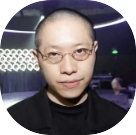
Dabeiyuzhou
Chaos and Order by Friedrich Cramer
Order emerging from chaos—this gave me much inspiration. The interplay of data and consciousness generates countless possibilities, which I use to create and push my boundaries.
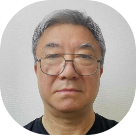
Fang Zhenning
Seng Ts‘an Hsin Hsin Ming by Seng Ts‘an
The 1984 edition of Seng Ts‘an Hsin Hsin Ming is a classic of Fluxus poetry. I bought it in Tokyo 30 years ago from a Japanese youth who specialized in Fluxus books. The cover features calligraphy by a Japanese woman, with the left page in three languages (English, French, German) and the right in Chinese calligraphy. For example, page 19 reads: 'Facing emptiness—all transformations arise from erroneous perceptions.' This multilingual collaborative translation, including George Brecht’s English version, Robert Filliou’s French, and Albrecht Fabri’s German, offers a deeper understanding of the original Zen text. The Chinese calligraphy is written by Takako Saito.
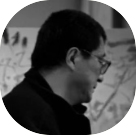
Huang Yuanqing
The Book of Disquiet(Livro do Desassossego) by Fernando Pessoa
Only Pessoa’s language can describe his thoughts, penetrating the modern condition of isolation, where reality and illusion, freedom and confinement intertwine. His ideas connect deeply with ancient philosophy, his era, and today’s human state.
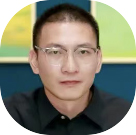
Huang Junwei
Siddhartha by Hermann Hesse
The noble young man Siddhartha gave up his affluent worldly life. He left the familiar city and entered the forest by the river. After experiencing ups and downs of asceticism, wealth, and passion, he finally comprehended the true meaning of life and achieved inner self-awakening. It is a novel that explores the self and the world, integrating Buddhist wisdom and Western humanism. This book has given me the greatest enlightenment on how to be alone and seek inwardly, thereby re-recognizing what kind of life and creative state one desires to pursue. At the same time, during the process of reading the novel, I transformed certain paragraphs that touched me into concrete images.

Xie Qun
The Loss of the Goddess《女神的失落》 by Gong Weiying
This is a controversial compilation of ancient mythological studies. The author is a folk scholar who has been researching ancient history and mythology for over twenty years. He interprets the myths from a different perspective, and there are numerous citations from ancient documents in it. Perhaps my thinking is also influenced by Gu Jiegang. Before reading this book, I had a certain amount (mostly Western) of reading experience in feminist literature. So this book naturally sparked my curiosity about the local goddess beliefs and female archetypes in China. After that, I initiated the field investigation project Sculpting Nuwa《抟女娲》 on early matrilineal society sites and unearthed objects, visiting the goddess beliefs in the Huangtu Plateau region. Combining some archaeological materials, I gradually felt the original vitality in museums and abandoned sites. The fragmented myths and broken pottery shards kept fitting together the gaps. This might not be very concrete, and I cannot prove any conclusion. But fortunately, my artistic practice grew out of the process of stitching, imagining that there is another narrative for this world.
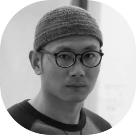
Liu Cong
Notes on the Cinematograph by Robert Bresson
This journal of Bresson is not only profound personal reflection in the creative process, but also some universal laws and common sense, "expressed in words" and every word is a gem. Therefore, reading it at different stages will bring different responses. For example, the following two sentences: 1:“The great strength of rhythm. Nothing is durable that is not rhythmical. Let the cause follow the effect, the meaning follow the rhythm.” 2: “To create is not to deform or invent persons and things. It is to tie new relationships between persons and things which are, and as they are.”
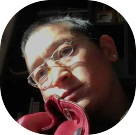
Liu Chengrui
Revenge of the Lawn by Richard Brautigan
"The Revenge of the Lawn", first published in 1971. That was a period when hippie culture was quite developed. Even Brautigan's style of dressing was a classic hippie image - a hat, long hair down to the ears, a necklace, something like that. I often took this book on business trips. Whether on a plane or in a hotel, reading it was very comfortable and smooth. The content of the book, including the choice of words, sentences, and the intricate imagination and imagery, was particularly hallucinatory. It was simply a flowing, uncontrollable Zen-like essence. Brautigan himself was also very interesting. When he was twenty years old, he wanted to go to prison, then he told the police that they had arrested him, the police said it was impossible to arrest someone without evidence, so he threw stones at the police station's glass, was detained for ten days, and fined $35. During this time, he was sent to a mental hospital for examination, diagnosed with bipolar disorder or depression. After being released from the mental hospital, he began writing and also started to contact the poets of the Beat Generation. The book and the author were both very interesting, very light-hearted, including "Trout Fishing in America".

Liu Ren
Glucose Revolution by Jessie Inchauspé
This book explains in highly accessible language the systemic knowledge behind glucose as a crucial human energy source, along with various issues and solutions regarding sugar intake in modern diets. Though I haven't finished reading it yet, I’m already struck by the profound tension between food as the ultimate vehicle of desire and pleasure versus the body’s actual needs. When viewed through the lens of China’s rich and diverse culinary culture and dietary structure, it becomes clear that the eating habits we’ve developed since childhood are like the proverbial frog slowly boiled in water—comfortable at first, but inevitably reaching a boiling point.

Liu Yi
The Mushroom at the End of the World: On the Possibility of Life in Capitalist Ruins by Anna Lowenhaupt Tsing
This is anthropologist Anna Tsing’s field study and philosophical exploration of the rare matsutake mushroom. The book traces the mushroom’s journey through the ruins of globalization—from being foraged by immigrants in the logged forests of Oregon to its consumption in Japan’s high-end markets—revealing how nonlinear, decentralized symbiotic relationships can still foster life amid the ecological devastation wrought by "end-times" capitalism. What inspires me about this book is how it expands my understanding of "ecology" and "collaboration." Not all order stems from grand designs; some of the most beautiful forms of life emerge quietly from chaos and ruin. It has led me to reconsider the role of "hybridity" and "uncertainty" in art and creation—it is precisely these uncontrollable, imperfect relationships that shape the real world and its future possibilities.
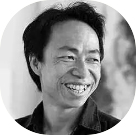
Liu Zhengyong
The Letters of Paul Cézanne by Alex Danchev
Alex Danchev’s The Letters of Paul Cézanne, translated from French into English and first published in 2013 by Thames & Hudson Ltd. in the UK, is an honest, wise, and deeply human book that transcends the scope of a traditional biography. As a specimen from an era over a century ago, I believe it can still inspire new artistic perspectives today. Cézanne was a unique thinker and an uncompromising seeker of artistic truth, whose reflections encompassed philosophy, psychology, and social context. Art teaches us to observe carefully, to quiet down and distill, to understand the essence and inner relationships of things. It is a way of seeing and engaging with the world—a worldview and a value system unto itself.

Ma Ke
The Vanished Martial World by Li Zhongxu (as told to) / Xu Haofeng (compiled and edited)
The Vanished Martial World is an oral account by Li Zhongxuan, compiled by director Xu Haofeng. This book is highly readable—I've revisited it multiple times without ever finding it dull. It subtly conveys the captivating essence of traditional cultural life, embodying what we often describe as "literature as a vehicle for the Dao."
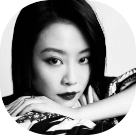
Ma Lingli
Flatland by Edwin A. Abbott
"Behold yon miserable creature. That Point is a Being like ourselves, but confined to the non-dimensional Gulf. He is himself his own World, his own Universe; of any other than himself he can form no conception; he knows not Length, nor Breadth, nor Height, for he has had no experience of them; he has no cognizance even of the number Two; nor has he a thought of Plurality; for he is himself his One and All, being really Nothing. Yet mark his perfect self-contentment, and hence learn this lesson, that to be self-contented is to be vile and ignorant, and that to aspire is better than to be blindly and impotently happy. Now listen.” My creative work resonates deeply with Flatland.

Ni Zhiqi
The Outline of History by Hebert George Wells
In my studio, I keep a 1982 edition of The Outline of History by H.G. Wells, translated by Wu Wen-tsao, Bing Xin, and Fei Xiaotong. Written in the aftermath of World War I, a century ago, the book describes a world:“There was everywhere a rare scarcity and want of all the goods of life, and everywhere there was mourning.” When discussing continental drift, Wells writes that as the mantle churns, the floating continents rotate upon its surface, much like bubbles or scum swirling in a pot. In my own creative practice, painting has transcended its traditional easel-bound form, resembling instead fragments of drifting land—more sculptural, marked by mobile, structured traces. It reflects an intimate relationship between body, scale, movement, and temporality.
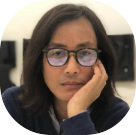
Shi Yong
Invisible Cities(Le città invisibili) by Italo Calvino
Italo Calvino's Invisible Cities(Le città invisibili) fascinates me. This is an anti-linear urban narrative woven through fiction and imagination, infinitely recombinable. Through discontinuous reading, one can freely assemble urban spaces that refuse completion, always retaining narrative interfaces—each rereading feels like decompressing a new program. It perfectly mirrors contemporary urban existence: we navigate through perpetual recombination of information fragments, constructing temporary Babel towers in chaotic databases. Both its narrative structure and enigmatic sentences guide my creative path: "In dreams you see a city and you know it is the future. You reach it, and it is the past. In Isidora, the city of his dreams, the man arrives when he is old.” (P6) “...a space not yet filled with words.”(P39) “...like a sheet of paper that has something drawn on both sides, and the two drawings can be seen only in transparency, each interfering with the other.”(P105)
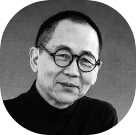
Shen Chen
Richard Serra: Interviews and Writings by Richard Serra
This book serves as an essential and excellent reader for understanding Serra's work. His abstract sculptures, distinguished by their "mass, space, environment, and viewer participation,"stand uniquely in art history. Serra remains a paragon of artistic independence and freedom. In 1989, his site-specific work Tilted Arc for the Federal Plaza in New York was destroyed by the U.S. government, becoming a sensational case of art confronting politics. In this book, Serra details the entire process of creating and the destruction of this site specific work, demonstrating his unwavering stance against political and commercial compromise.
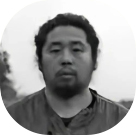
Su Chang
Artists on Robert Smithson by Dia Art Foundation
A slim volume that reveals how artists transcend stereotypes. Smithson emerges as richly dimensional, deeply emotional.
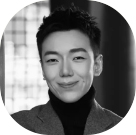
Wei Yang
Zhao Ye Bai《照夜白》 by Wei Xi
An introductory text on Chinese landscape painting that functions simultaneously as methodology, lyrical poetry, and art history. The book offers me fresh perspectives on viewing the world, as the author states: "The landscape before seeing landscape paintings, and the landscape after seeing them, are two different worlds." Understanding the poetic imagery of Chinese landscapes and rediscovering Chinese aesthetics has infused my creative process with boundless philosophical depth.

Wang Yizhou
The Book of Changes by Ji Chang
Art is wisdom that observes the world through the heart, not merely clever ideas. Great art isn't assembled from stories but perpetually radiates extraordinary presence and energy. Only by truly comprehending cosmic philosophy can one embed profound meaning in art. When facing creative blocks, art may ascend to higher levels—testing the artist's cultivation. Truly remarkable artists know their worth clearly, thus awaiting their moment with serenity.

Wang Jiacheng
Emotional Labor: The Invisible Work Shaping Our Lives and How to Claim Our Power by Rose Hackman
This academic monograph, adopting a female perspective, focuses on unseen emotional and invisible labor. Through sociology, gender studies and psychology, it guides readers to re-examine how emotional labor's value is overlooked within social evaluation systems, aiming to build a fairer world. While emotional value may seem commonplace, the labor behind it remains a neglected social issue. Within mainstream evaluation frameworks, emotional付出 permeates fluidly and unconsciously. As a female artist, analyzing emotional value across different domains based on facts is fascinating. The derived issues of emotional control and human empathy have reignited my research interest in power imbalances. The book's case studies, employing statistical methods, provide enlightenment and help me re-examine my creative and social research dilemmas with more rational perspective.
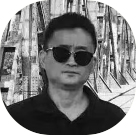
Xu He
The Complete Works of William Shakespeare
Records of the Grand Historian
La Société du Spectacle
The Complete Works of William Shakespeare were my favorite university reading. Whenever asked "which book influenced you most," it immediately comes to mind. The words thunder, resonating powerfully; Shakespeare wields language like Zeus wields lightning—directly striking the soul. It nourished my intellectually hungry freshman self. The second book, Records of the Grand Historian, through its concise language and powerful summarization, revealed certain personality and spirit qualities lacking in contemporary China. The third, Guy Debord's La Société du Spectacle,read as an e-book during the pandemic, expanded my understanding of our world—the alienation between people and society, the political logic and geography of the spectacle society, and the complex reflective relationships in human society. All grand narratives and so-called changes have causes and effects, mutually generating and mirroring each other, providing significant inspiration for my current work.
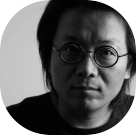
Yan Ming
The Decisive Moment by Henri Cartier-Bresson
When first studying photography, I was awed by this pioneer observer/creator's gravitas. Gradually I understood this approach rooted in visual anthropology wasn't merely technical agility but required life experience to comprehend and preserve. As a devoted follower of subsequent generations, I maintain firm confidence in inheriting and expanding this legacy. The master's influence remains as enduring as mountains and rivers.
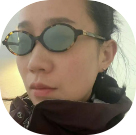
Zhang Ruyi
Le città invisibili by Italo Calvino
Italo Calvino’s work unintentionally caught my attention because of its title, prompting me to seek it out and read it. Given my personal interest in urban experiences, I found the book particularly compelling. After reading it, I felt as though I had experienced a dream—a dream where the city itself took on the role of the protagonist, appearing kaleidoscopic and ever-changing. In this dream, the city embraces countless things, serving as both a totality of memory and a totality of desire. “It is an exaggerated city: it ceaselessly repeats everything so that people may remember themselves.” And so do we, cycling through life again and again.

Cometabolism Ning Zhang
Art or Sound by Fondazione Prada
This exhibition catalog published by Fondazione Prada primarily explores the relationship between art and sound from the 16th century to present, examining how musicians and visual artists manifest cross-disciplinary creations in music. Featuring 180 works, many have inspired our own creations, making this a recent favorite.
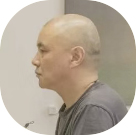
Zhou Yangming
Jean-Christophe by Romain Rolland
Around age 20, I read Fu Lei's Chinese translation of Romain Rolland's Jean-Christophe. One scene remains unforgettable: on a cold winter morning after his father's funeral, young Christophe accompanies his uncle home. As they part ways over a hill, his uncle advises: "You must face each new day with reverence—don't think about what may come in a year or ten years. Treat each day with piety, love it, respect it, and above all, never dishonor it... Give it your all." These words profoundly influenced my approach to both artistic creation and life, continuing to inspire me to this day.
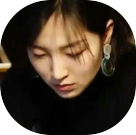
Zhao Yu
Jacques Derrida by Nicholas Royle
When I first encountered this book in 2016, I found it extraordinarily challenging. Yet its very obscurity compelled me to keep reading—a mesmerizing yet mentally exhausting experience. My current creative themes exploring cultural flux, "the newcomer," and human desire all bear this book's influence. Concepts like "the monstrous," "the arrivant," and "différance" have particularly informed my work. As Derrida told Elizabeth Weber in 1990: "The future is necessarily monstrous: the figure of the future, that is, that which can only be surprising, that for which we are not prepared, you see, is heralded by species of monsters. A future that would not be monstrous would not be a future; it would already be a predictable, calculable, and programmable tomorrow. To welcome the future, it is necessary to be open to the coming of the monster."
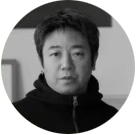
Xu Xiaoguo
El jardín de senderos que se bifurcan by Jorge Luis Borges
I'm particularly drawn to "The Circular Ruins" from Borges' story collection. This tale holds special meaning for me, especially its ending where the sorcerer walks into flames to leave the world, only to realize he's but another's dreamt phantom. The story metaphorically reveals connections between self-growth and creative transformation. The "fire" represents those life-altering realizations—people or events that spark organic, unhurried change, which itself becomes a pathway to understanding one's expressive circumstances. The sorcerer mirrors our waking self; the youth he dreams represents our limited ego, unaware of the greater self. Only when reality strikes like fire do we comprehend how world and self form two indispensable components of independent identity. Authentic artistic expression must balance contemporary immediacy with epoch-transcending personal experience to achieve organic wholeness—a valuable slice of existence.

Interaction
After exploring these artists' reading lists, tell us "Which book do you most want to read?"
Join the conversation in the comments!
Thoughtful replies may win Oui Art's spring special edition or exhibition tickets.
Producer:Tiffany Liu
Editor:Tiffany Liu
Designer:Nina
Book image:Provided by the artist himself



